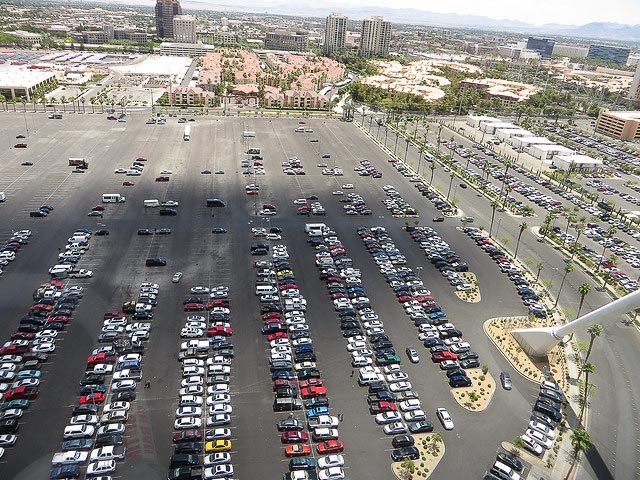While the Urban Edge strives to provide readers with daily news and insights about urban policy, we’re also voracious readers of city news ourselves. As part of a weekly feature, Senior Editor Ryan Holeywell highlights the week’s most interesting articles from around the web about urban policy and city life.
A few decades ago, Governing writes, nobody seemed to care that a sizable chunk of many U.S. downtowns was taken up by parking. Today, cities are eager to use that land for retail, condos and offices -- and increasingly they see parking as a waste of space. Now, cities are experimenting with innovative ways to manage the demand for parking, such as dynamic parking prices; developer fees in lieu of parking; and cash payouts to workers who eschew parking subsidies.
The Limits of Data-Driven Approaches to Planning
At the Kinder Institute, we love data. But, as City Observatory writes, data can't always tell us everything -- and it uses Houston as an example. The urban blog cites a slew of essays by Houstonians about their struggles simply trying to walk around the fourth-large city in America. They're important narratives. But from a data standpoint, it's not a problem. "Because we lack the conventional metrics to define and measure, for example, the hardships of walking, we don’t design and enforce solutions or adopt targeted public policies," City Observatory writes, imploring planners not to rely on data so much they miss broader issues.
Will Immigrants Today Assimilate Like Those of 100 Years Ago?
When immigrants from Europe poured into the U.S. a century ago, they lived apart from native-born Americans, often in ghettos. Within a few generations though, many built wealth. Now, researchers are hoping to figure out whether the current wave of immigrants from Asia and Latin America will follow the same pattern. So far, their findings suggest today's batch of immigrants might not have the same opportunities. Only white immigrants have a median net worth of more than $500, according to research cited by City Lab, and about 80 percent of all immigrants have virtually no wealth.
The City of Angels offers a bit of a paradox for those interested in planning and transportation issues. Somehow, simultaneously, it is both extremely dense and extremely car-dependent. In few other place do those two attributes go hand-in-hand. Planetizen explores the phenomenon.
Metro Nashville Recommends $6 Billion Transit Plan for Region






